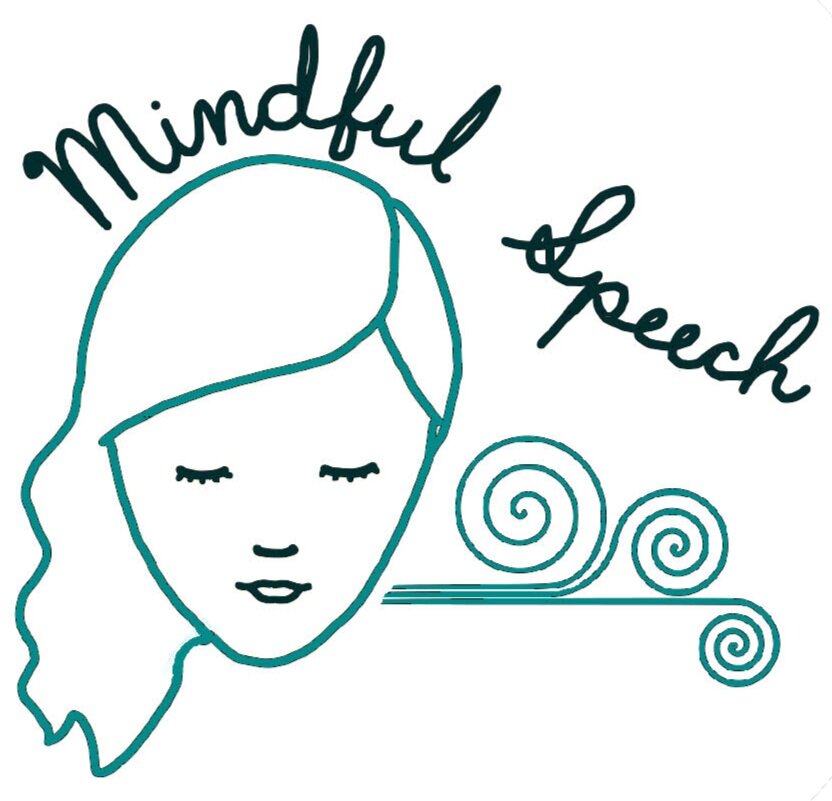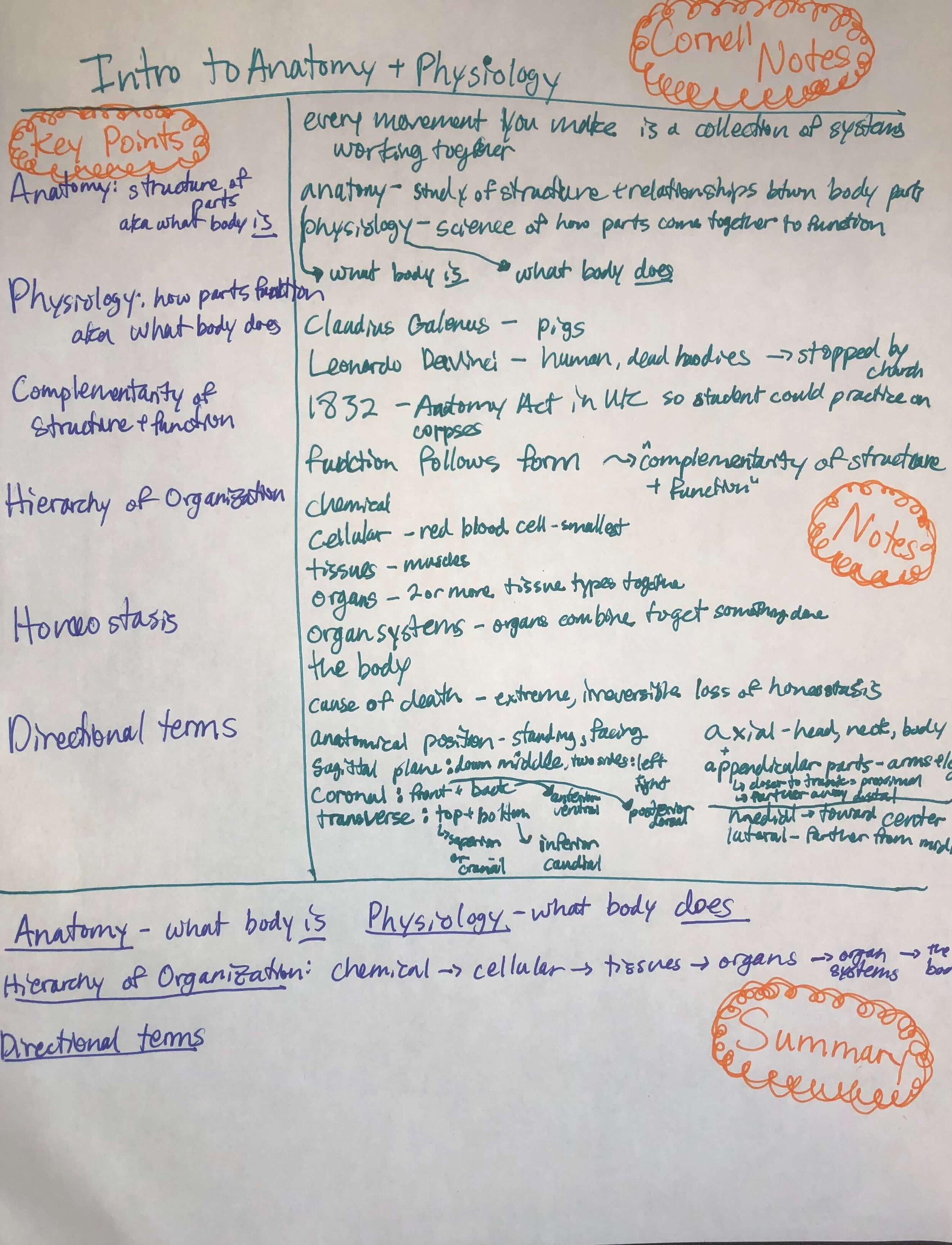How to Take Notes in Class: High-school and College
In order to get the most out of a lecture, you have to take notes. Even if you feel like you understand everything being said, it will be difficult to remember what was said the next day, let alone the next month, without notes.
Despite the importance of note-taking, many high school and college students struggle to take notes. When it comes time to write an essay or study for a test, they are at a significant disadvantage if they don’t have notes.
Many high-school and even college students have never learned how to take notes, but thankfully speech-language therapy can help. I often work with high-schoolers and college students who struggle with not only reading and writing but also understanding lectures and staying focused. Learning how to take notes can help them practice summarizing information, organizing information, and developing self-awareness of whether they understand and are focused.
Students have to find the note-taking system that works best for them, something we work on in speech therapy, but I’ll give you a little sneak peek into some popular note-taking methods to help you begin to imagine what might help your teen.
Note-taking methods that might help your teen
There is an endless number of ways to take notes but let’s look at a few popular methods to get the juices flowing.
Freestyle
Melissa from the Reading and Writing Haven blog calls this style of note-taking “free style” and I love that term so I’m borrowing it here.
Freestyle might be the style of note-taking that you use because it essentially involves just jotting down whatever you think is important while listening to a lecture, without following a particular structure.
I think this style of note-taking can be very useful for students who don’t have trouble knowing what is important and for classes that are less language heavy like a math class.
Freestyle notes are a great place to start for most students in order to get a feel for what might be most comfortable for them.
In speech-language therapy sessions, I often find that students get a good feel for their style when we start with freestyle notes.
Cornell Notes
Cornell notes are a popular style of note-taking taught at some middles schools and high schools. Cornell notes basically add some structure to freestyle notes after the fact.
For each page of Cornell notes, there are three different sections: one for your “freestyle”- type notes, another section directly to the left for key points, and a third section at the bottom for a summary of the main ideas.
Cornell Notes are a great way of structuring notes if you actually complete the second and third sections. If you complete all of the sections, you have a fantastic resource when it comes time to study for a test or write a research paper. This style of note-taking can be great for almost any kind of setting if you fill out each section.
When Cornell notes might not be a good option:
Cornell notes wouldn’t be the best choice for students who:
have trouble pulling out main ideas and important facts,
have trouble staying focused in class, and
struggle with completing tasks all the way.
Outlining
Outlining can involve adding headings to notes as you go (often-times following headings the teacher/professor includes) or - my favorite- anticipating the topics that might be mentioned in a lecture, and writing a few down beforehand.
Why might it be useful to have a brief outline in mind before class even starts? Having an outline and expectations of what might happen during a lecture is a great way for many middle and high-school students to maintain focus (are we still talking about A or have we moved on to B) and to provide a place to start for what to take notes on (that info must be important because it gives detail on A, which matches what they said about B).
Outlining can be hard if you (1) don’t know much about the topic beforehand and/or (2) have a professor/teachers who likes to go on long tangents.
Providing a brief outline of the main topics of a lecture can be a wonderful accommodation for students in middle school, high school, and college who struggle with language, literacy, or attention. Many lecturers already do this at the beginning of a presentation, saying something like “today we are going to talk about x, y, and z.”
Mind Mapping / Web Notes
For lectures involving varied information on one topic, mind mapping or making a web can be a great way to take notes.
In this style of note-taking, a student writes the topic in the center of a page and then adds subheadings branching off from the center. A web or mind-map can be a great strategy for a history lecture in middle school, with some added structure of subheadings of “who, what, where, when, why, and how.” Some students might find this structure frustrating if they run out of space on their page but mind-mapping can be great to synthesize notes from class or from a textbook into a readable format.
Sketch Noting
Sketch noting combines pictures, colors, and fun layouts with the text to make a beautiful end product. Though this style can be very visually appealing, I don’t tend to use it much with my speech-language therapy clients. Why? Because, to make a satisfyingly nice-looking sketch note, you already have to have (1) a good grasp on the topic you are taking notes on and (2) excellent executive functioning skills to notice when you are getting distracted by drawing (self-awareness and attention) and stop the more “fun” task of making a drawing perfect to switch to paying attention to what the speaking is saying (inhibition).
However, I think that sketch-noting can be a wonderful way to start studying for a test or to plan out a project.
More specific note-taking structures
Question and Answer
The Question and Answer structure might be good for a review session before a test in college might be a good way to organize thoughts for an essay.
This can be particularly helpful for students who find that they “space out” in review sessions with friends because it helps them stay focused on the information they are most interested in getting.
Visually Organized by Space
Students might find it helpful to organize their notes visually for information that has a spatial element to them, like maps, the order of the planets in our solar system, etc.
Looking at the picture of the loose map of the United States, you can imagine how a student might find it useful to organize the states visually into areas. when studying different states and when they were founded. Organizing visually might help students organize the information in their minds.
Organized by Similarities + Differences
Venn Diagrams are very popular for a reason - they very efficiently display similarities and differences between two (or more) topics. This is a great note-taking structure to have in your toolbox.
To Summarize
There are so many ways to take notes so you have to find the style that works best for (1) you and (2) the task at hand.
If you or your child need help with taking notes, book your consultation today to discuss how I might help you and your family.
Hi, I’m Hollis, the owner of Mindful Speech.
I’m a speech-language pathologist licensed in Illinois and Colorado.
I specialize in providing speech therapy to help children, teens, and young adults to improve language, reading, writing, and executive functioning skills. Now offering in-person sessions in Chicago!
Learn more about me on my About Hollis page.










